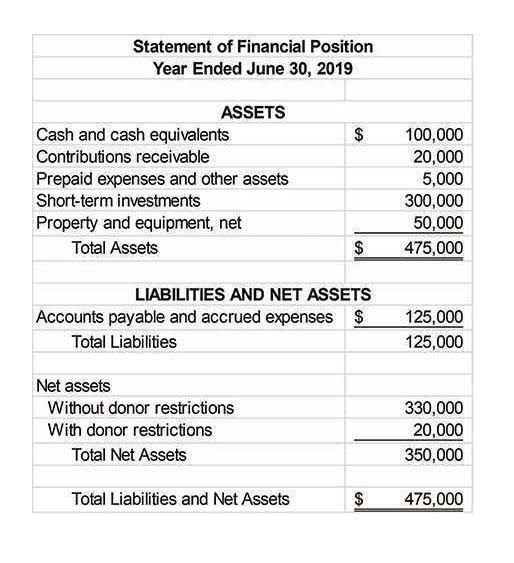
When you invest in a cash flowing property, you are sacrificing some of the appreciation in exchange for net cash flow. These properties still appreciate over time but typically not as fast as properties in an appreciation market. The returns vary, but I’ve seen investors I work with receiving around 15% in cash returns — after financing. After a few years, the property still has positive cash flow and has accumulated some equity due to mortgage pay down and appreciation. At this point, you can extract the equity and add to your portfolio or simply continue to hold. A cash flowing strategy is great for those who want to focus on achieving specific financial goals.
Understanding Demand and Vacancies
- There are some situations when negative cash flow might be palatable to investors.
- Raising equity is generally seen as gaining access to stable, long-term capital.
- One of the biggest reasons investors lose money money is a vacant house with no tenants.
- For example, if the entire air handling system breaks down and it is going to cost $20,000 to fix it – there is a significant, unplanned impact to cash flow.
- As long as you pay your mortgage every month, you’re getting that return.
However, often the owner of a negative cashflow property did not plan for their situation. They were seeking out another income stream, only to find themselves losing money. Obviously, negative gearing is a higher-risk investment strategy than buying a profitable home. Those who want to increase their cash flow can do so by either a) increasing revenue or b) lowering their expenses. which of these has a negative impact on the property owners cash flow? Cash flow and tax benefits are considered “Cash now,” because you realize the benefit every year. Does that mean you’ll get a check back from the IRS for the exact amount of your realized tax deduction?
- If the home is in an undesirable location, a weak rental market, or has serious maintenance-related problems, it could be that no amount of waiting or renovation will make it profitable.
- Whether due to inflation or favorable market conditions, the long term trend for rents is usually up.
- Rental property owners who do not have a covered garage on their property may find it would pay to add one.
- The Gross Potential Rent and Vacancy approach is the more formal method, but you should always check to be sure which method was used.
What is net operating income (NOI) and why is it important in CRE valuations?
Be sure to budget in maintenance costs when you are running the numbers to ensure that you will have enough money to work with to keep the property in top condition. If the home is in an undesirable location, a weak rental market, or has serious maintenance-related problems, it could be that no amount of waiting or renovation will make it profitable. If you want to get your property out of the red, first you need to analyze where your income and expenses stand now. Then you have two options — reduce what you’re spending on the property, or find ways to charge more. Property investing is complex — it’s easy for buyers, especially novices, to overestimate how much they’ll be able to earn.

Subscribe to get our top real estate investing content.

The cash-on-cash return is calculated as the amount of cash received in a given period divided by the amount of the initial investment. Rents are the single most important factor when determining the amount of cash flow a property will produce. At an apartment building, for example, this could include parking revenue, pet fees, laundry fees, storage locker fees, contribution margin and more.

Expenses

The trick to maintain upkeep is to find the right balance by checking your rent and how much profit you are planning to make. It is all about the business plan you make again; a property with a naturally high upkeep cost will be a property worth avoiding if your purpose is profit. Find the balance in maintaining a comfortable and updated property and avoid a negative cash flow. Crowdvest LLC is a commercial real estate investment firm that focuses on driving value for our investors through strategic investments in the industry. We leverage decades of experience, creative solutions, and solid relationships to find high-return opportunities that exceed our clients’ goals.


Be the first to post a comment.